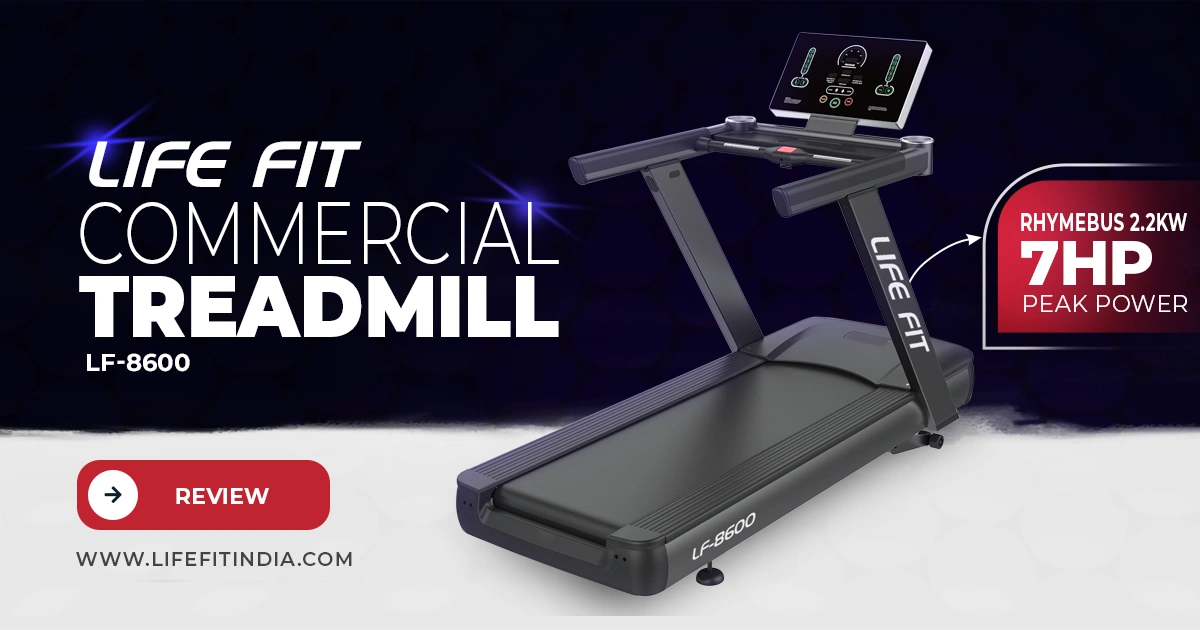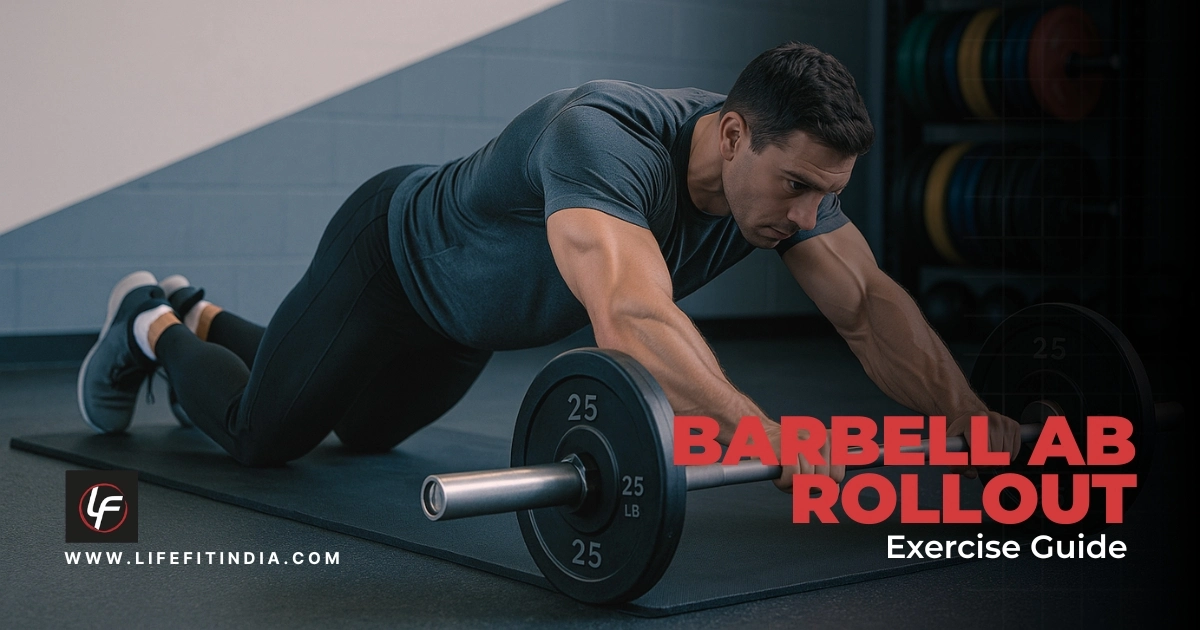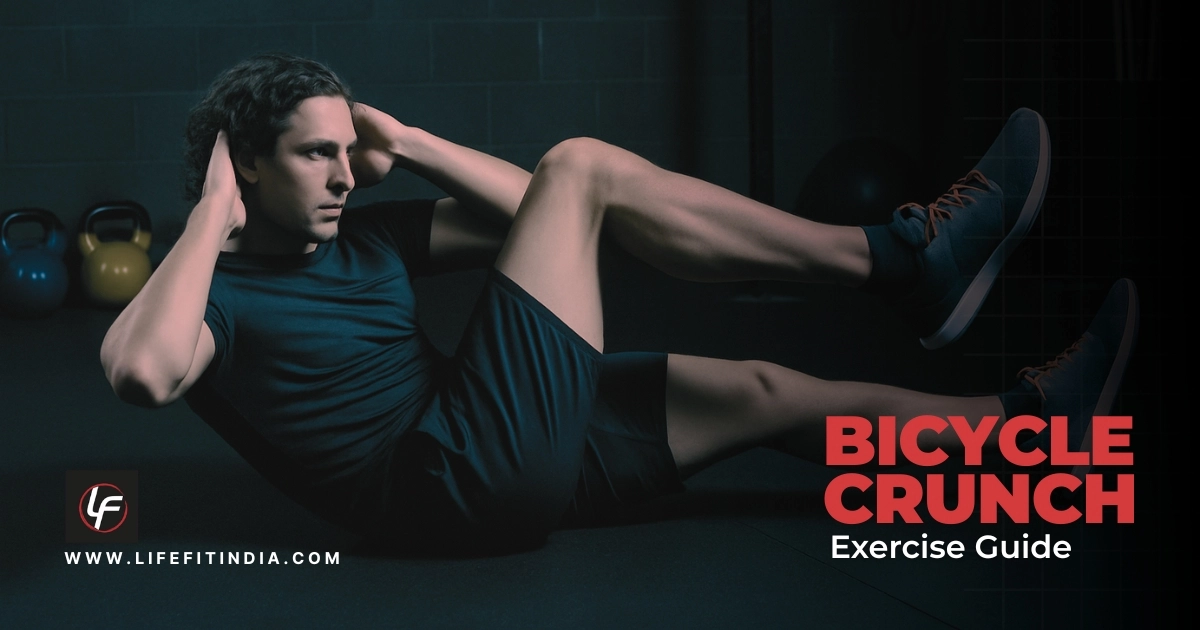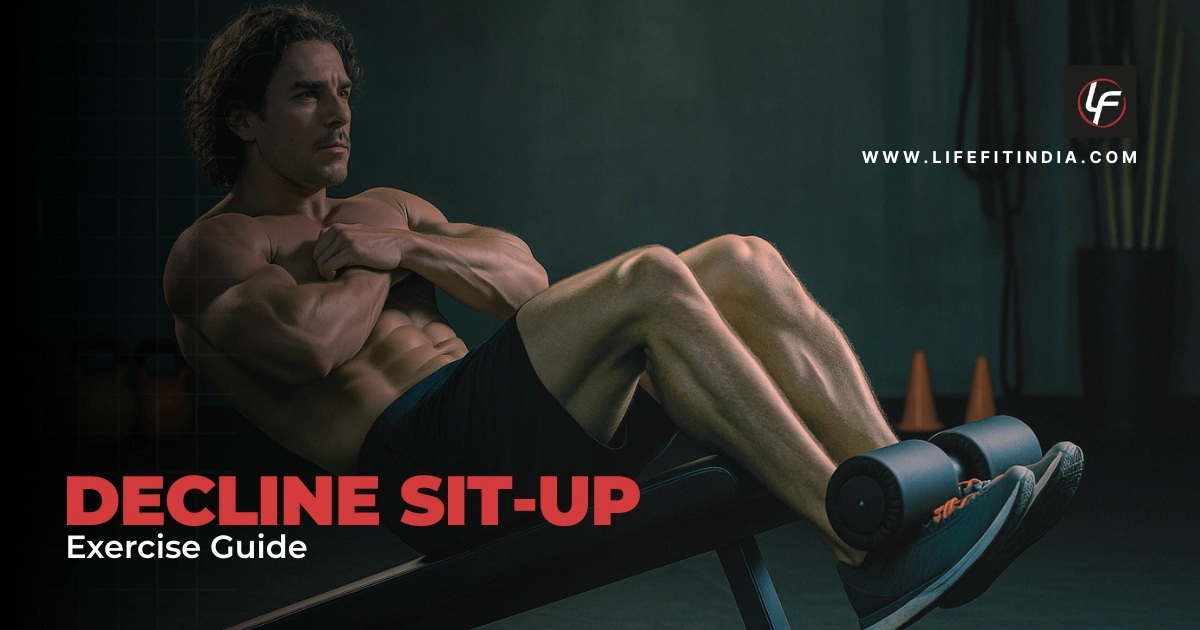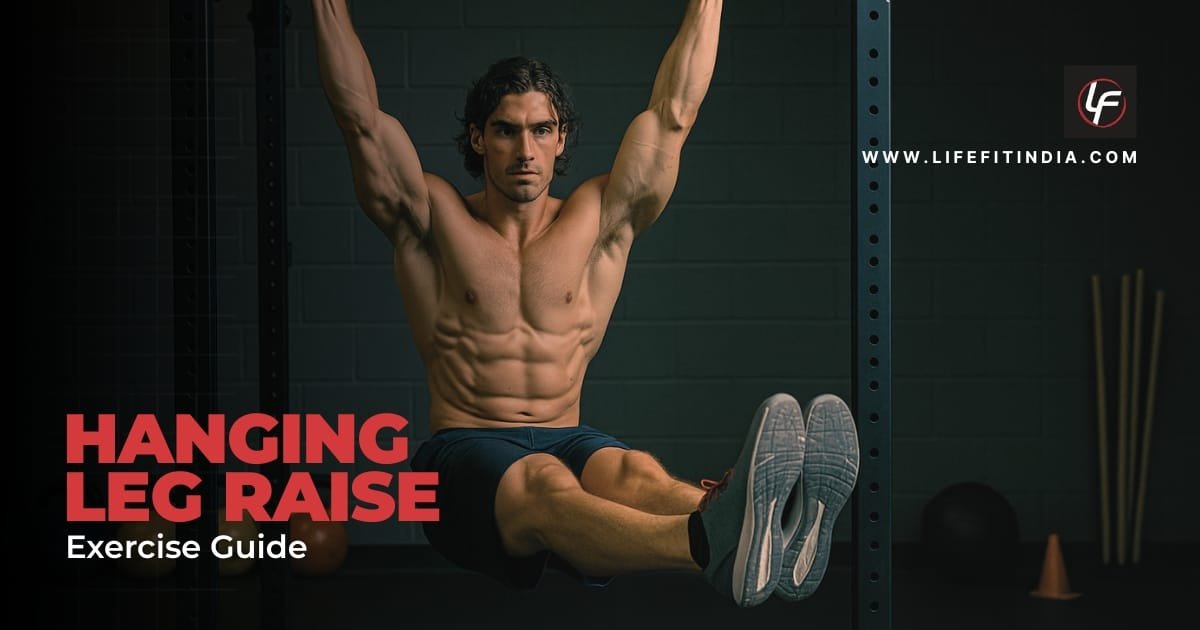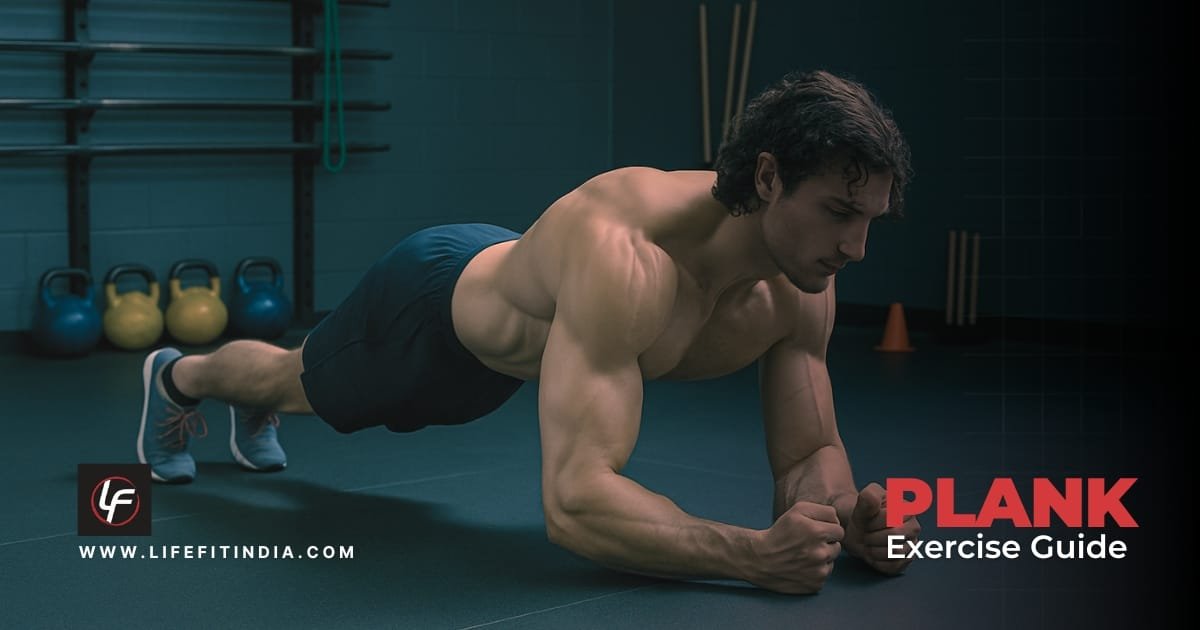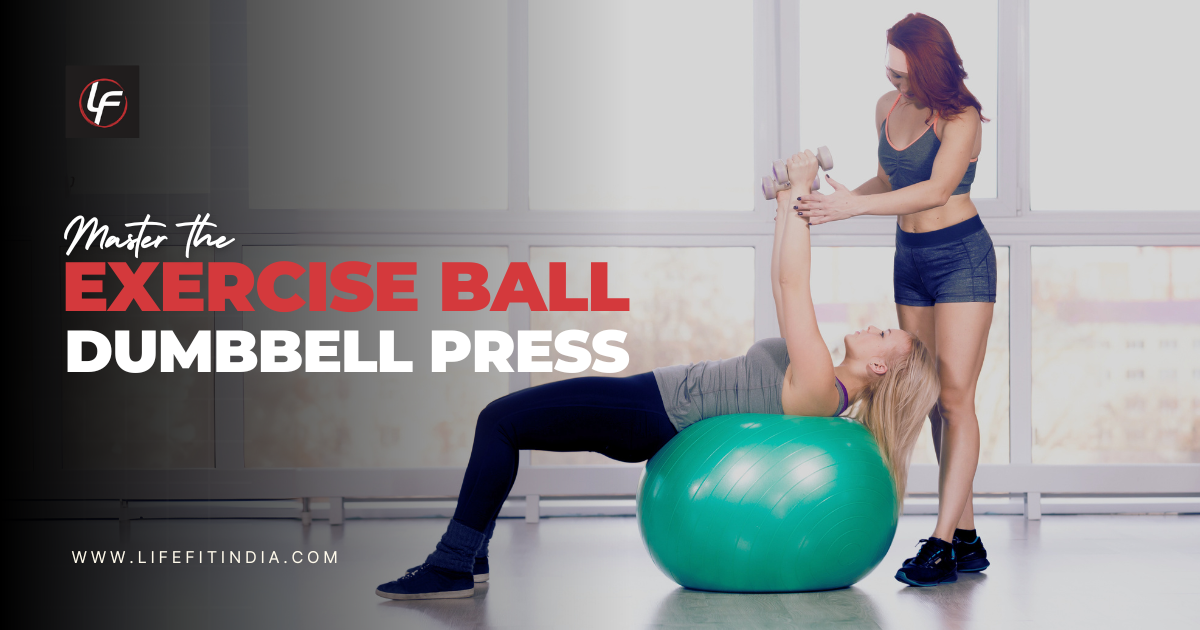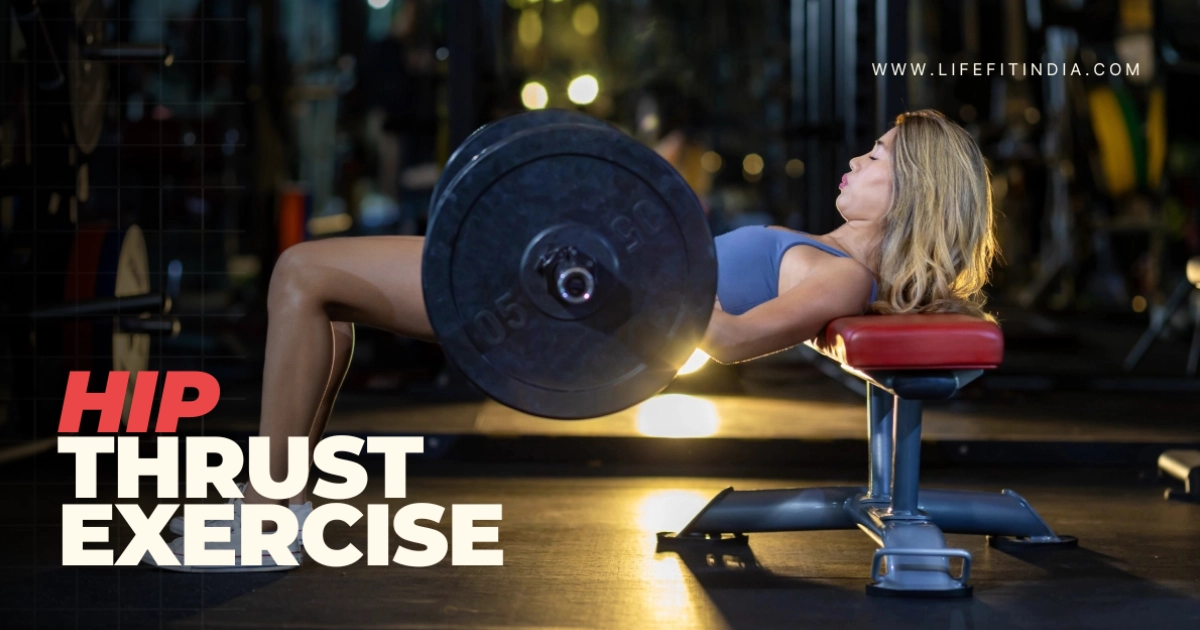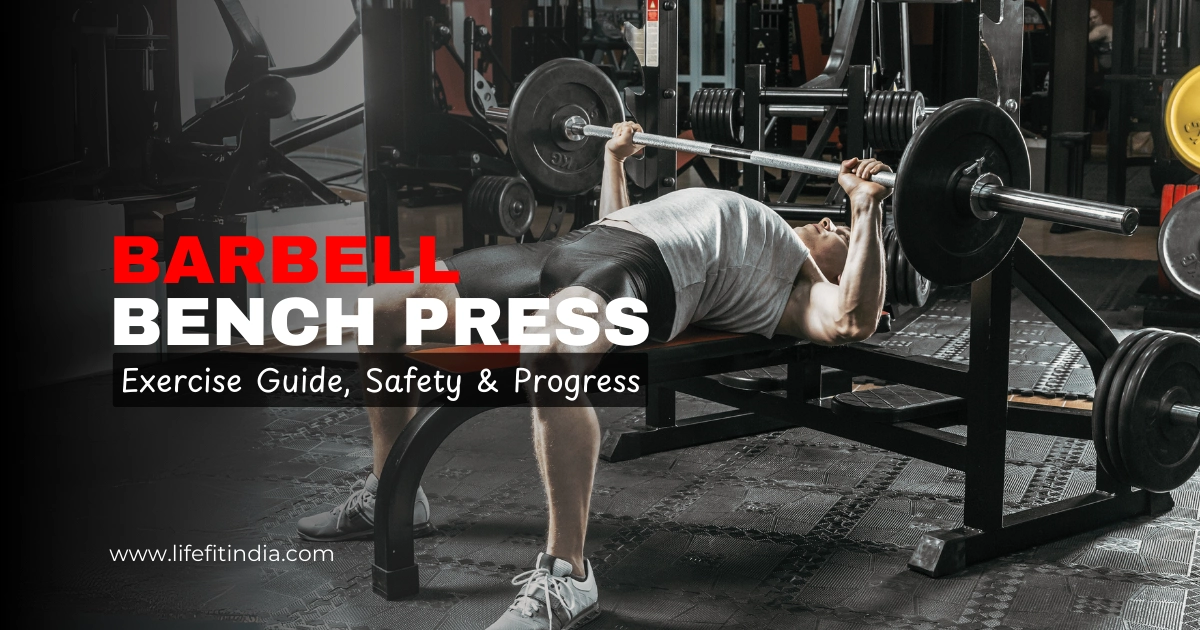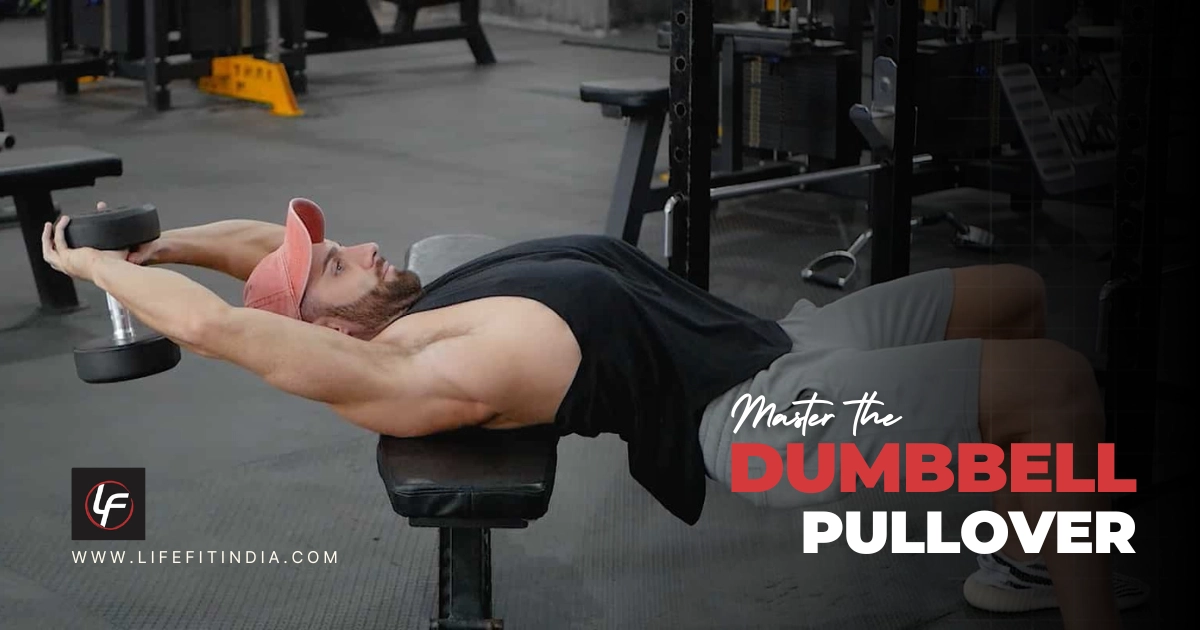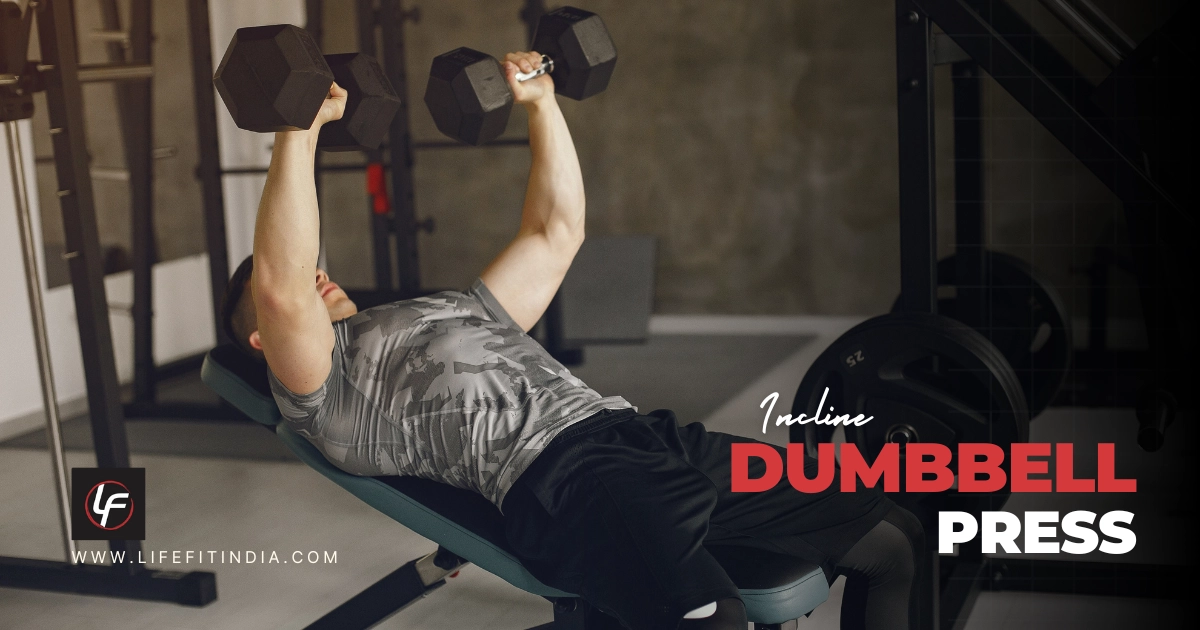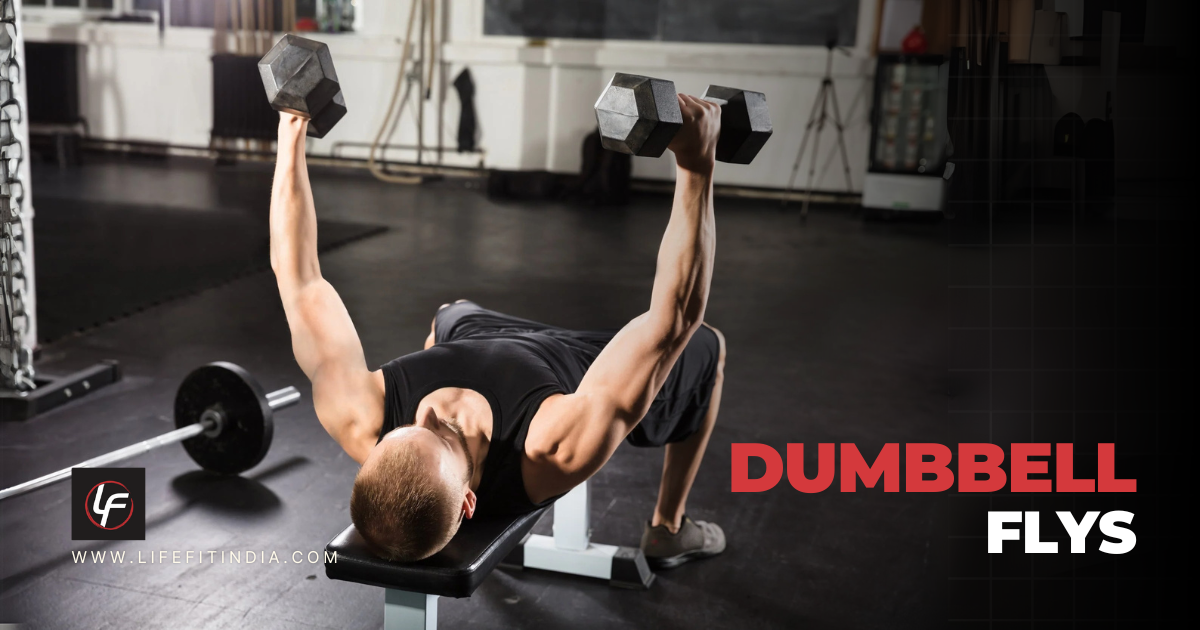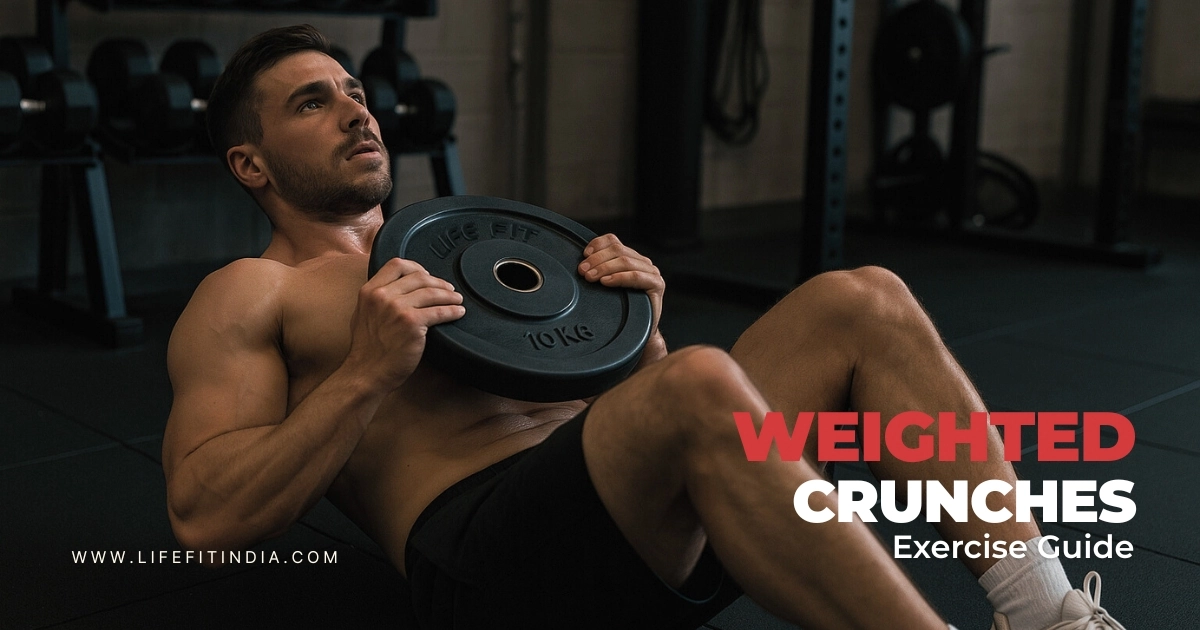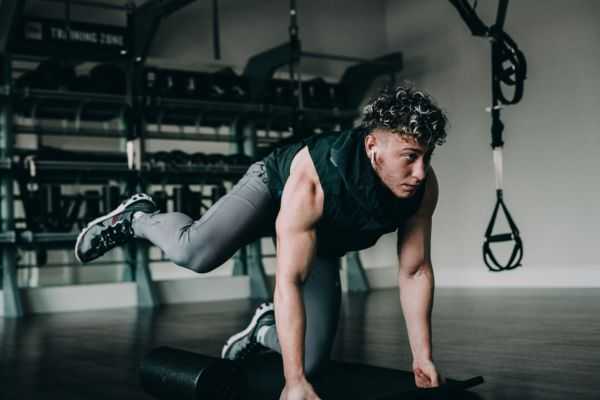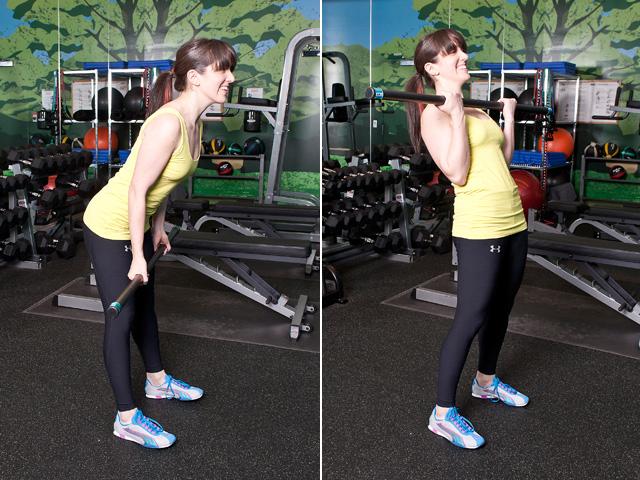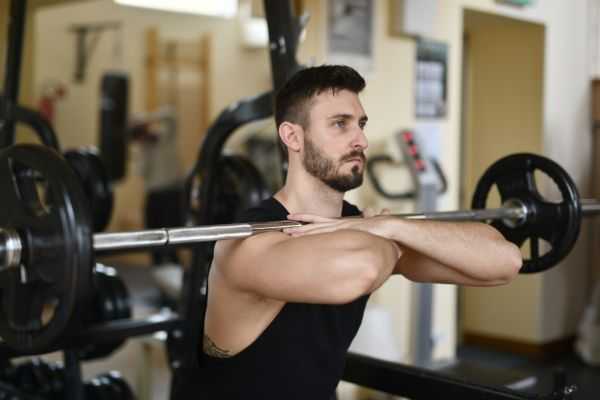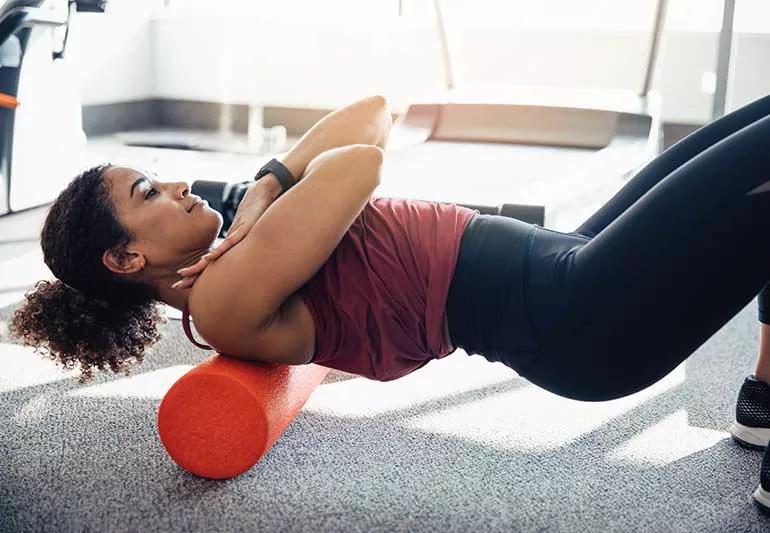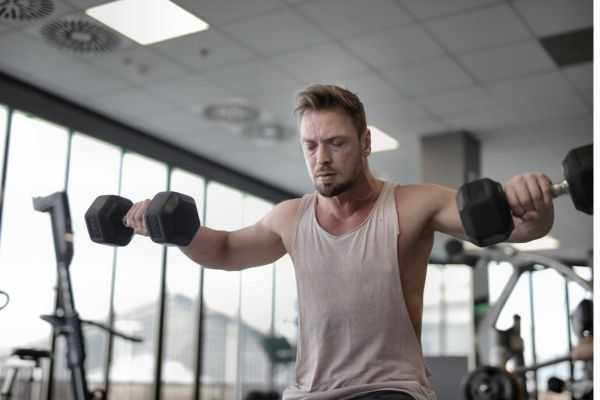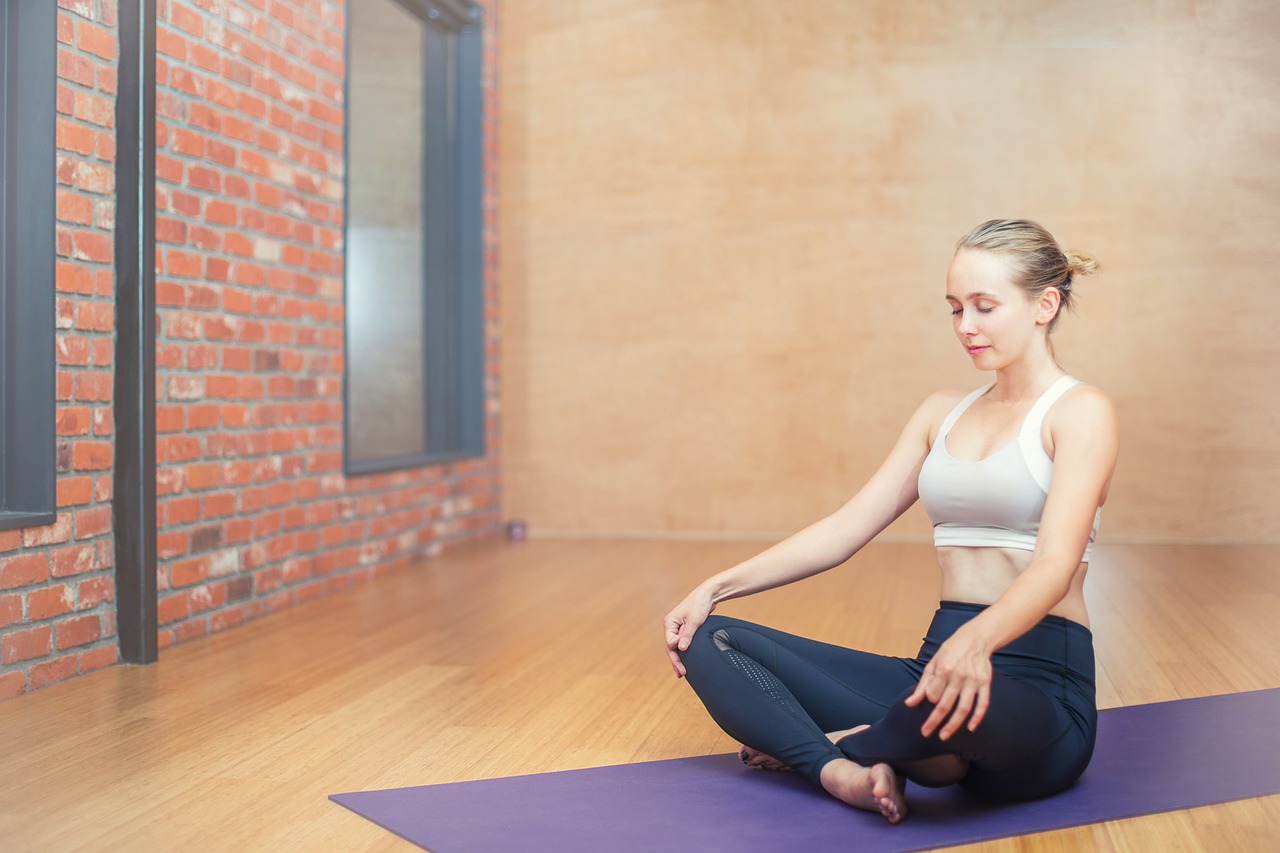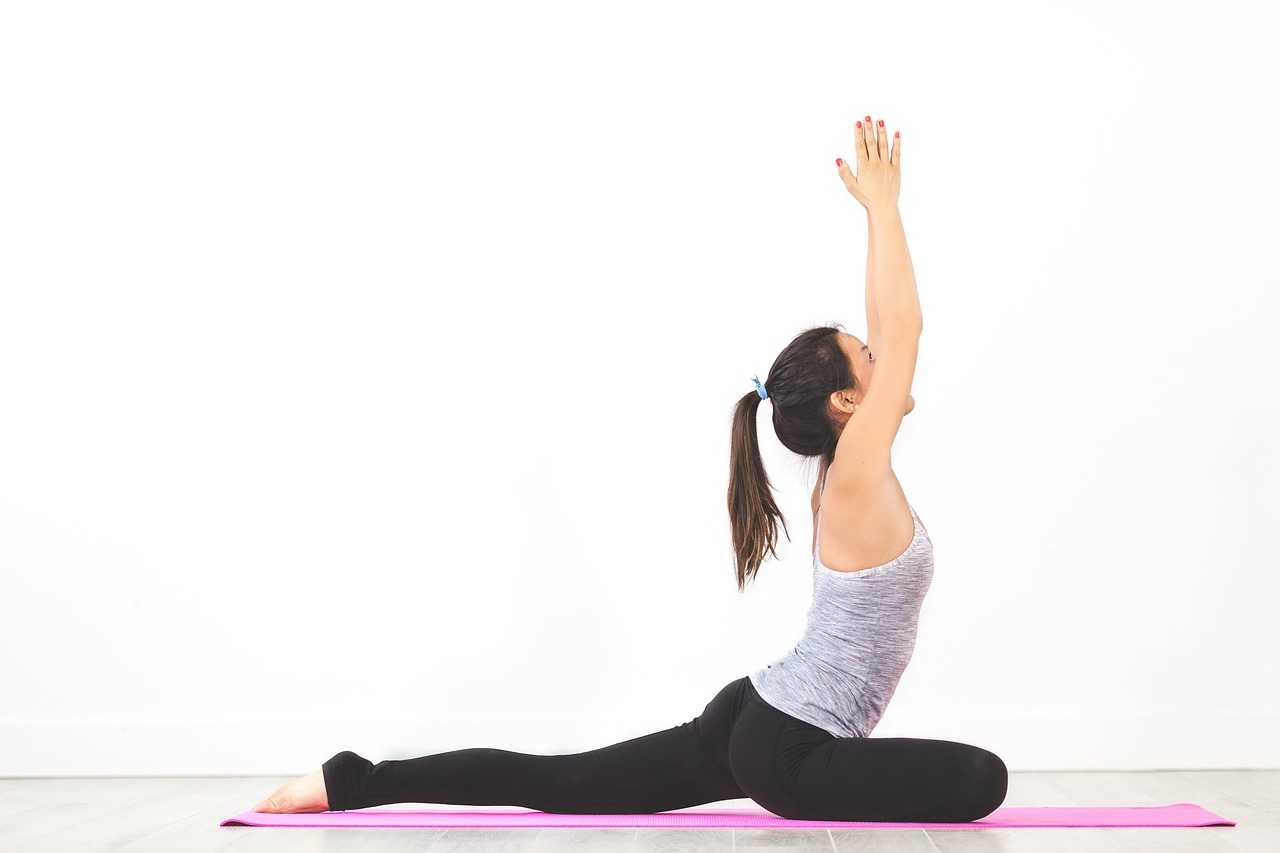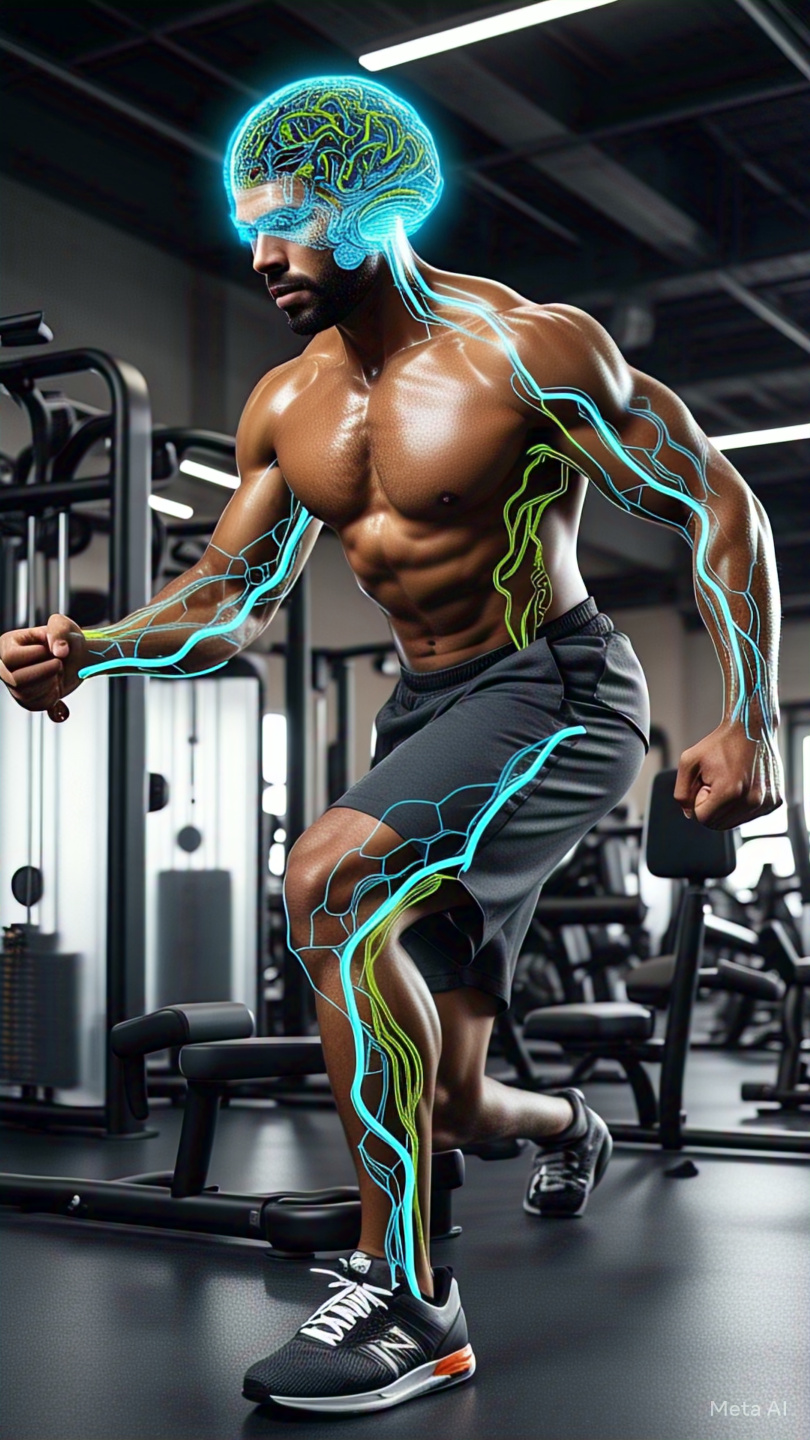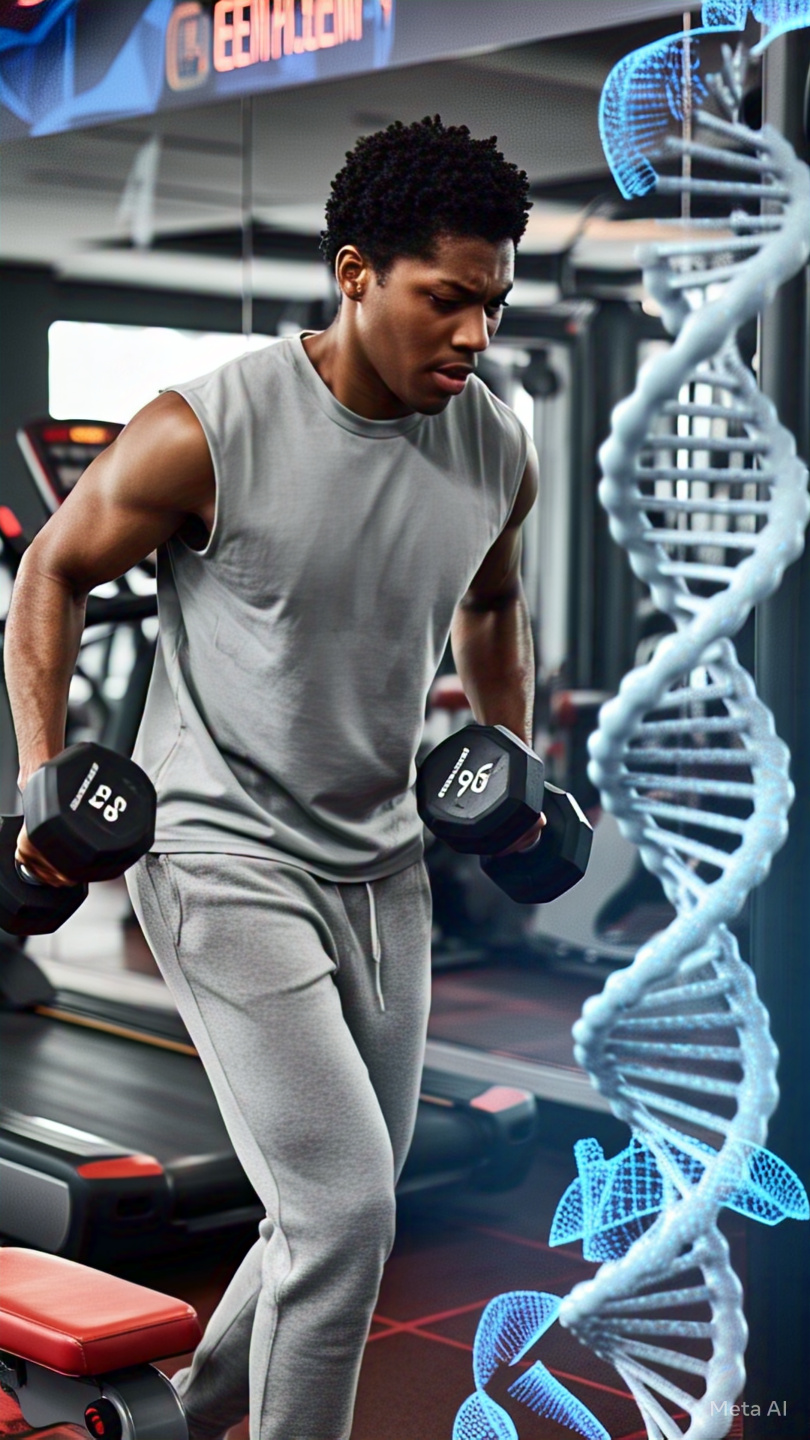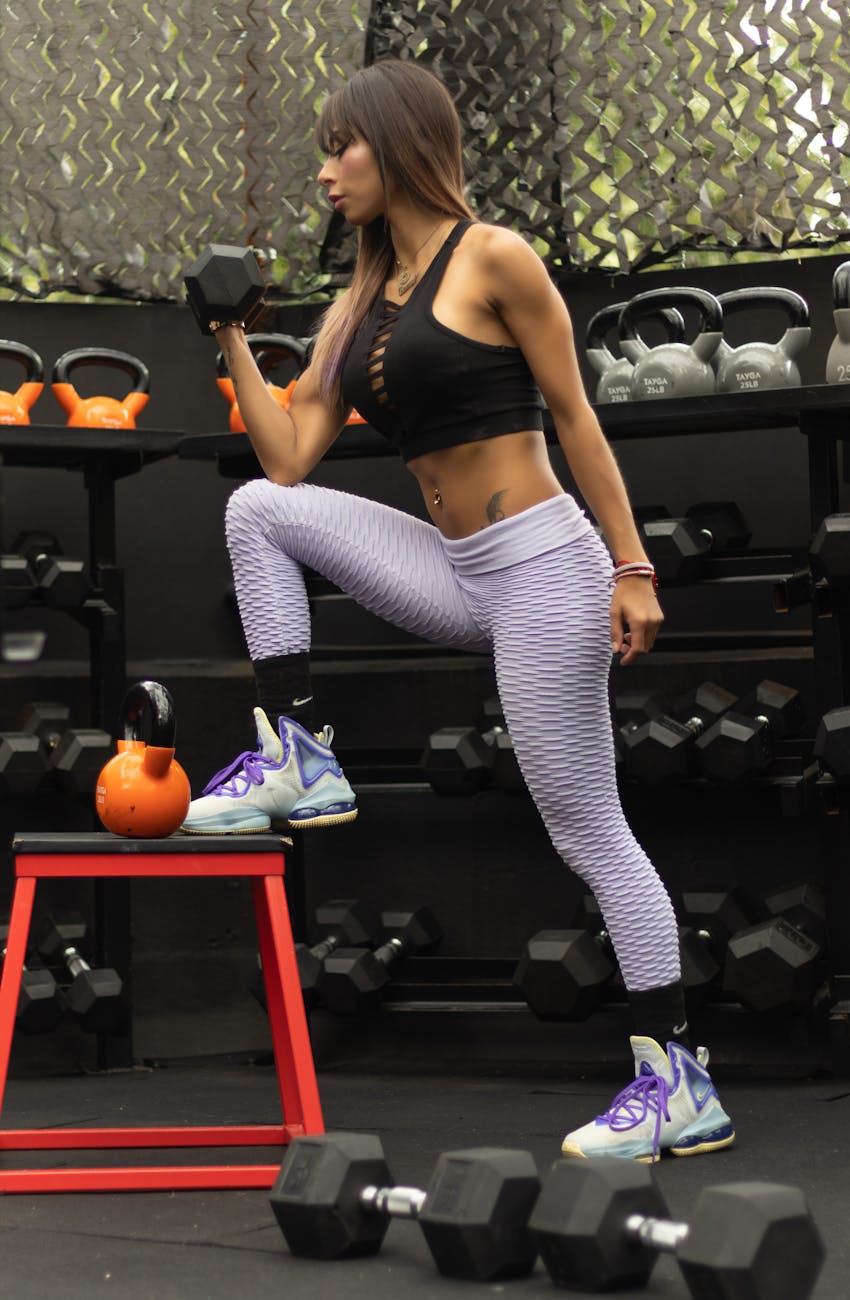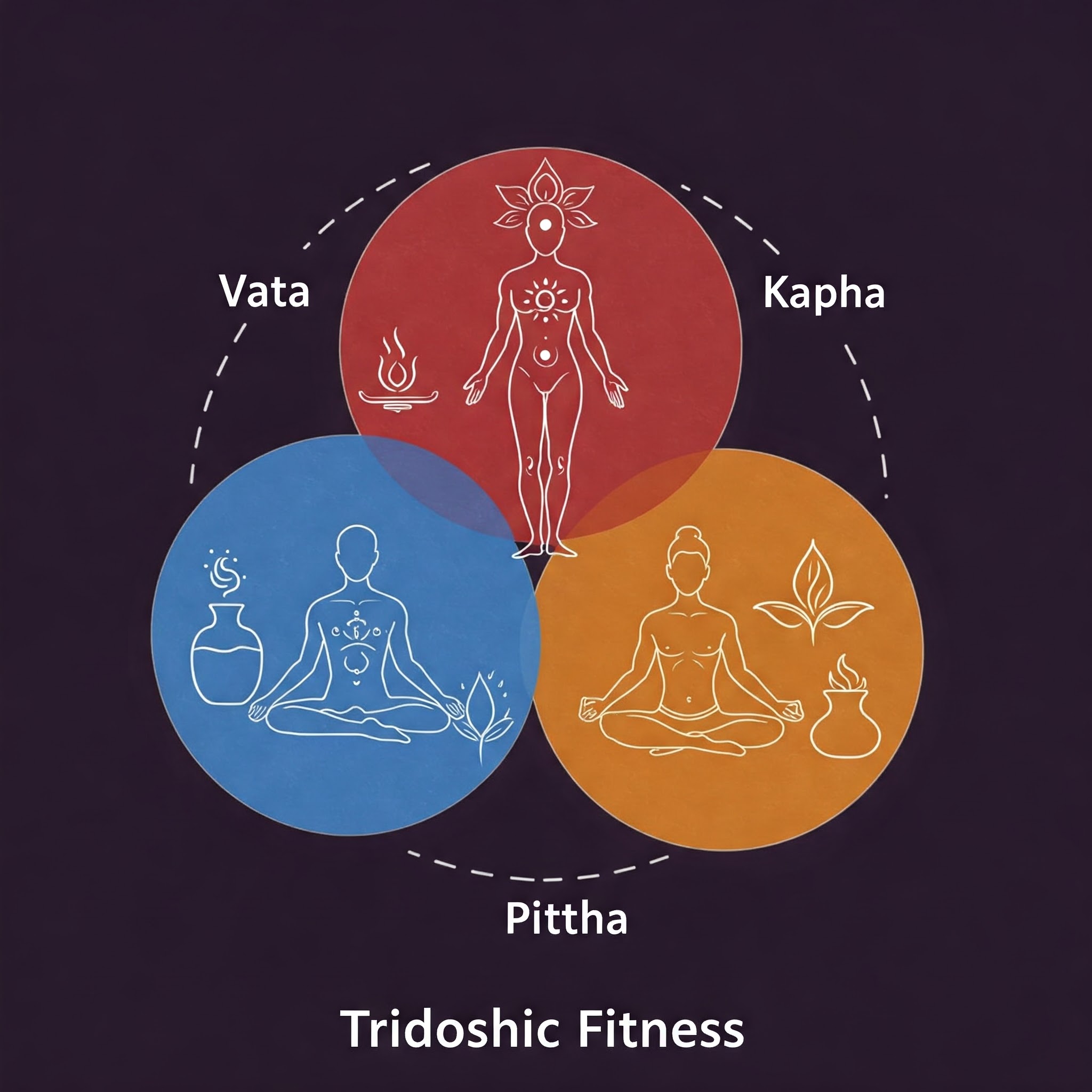
From school gym classes to elite training facilities, the sit-up is one of the most recognized abdominal exercises. But do you know how to perform it correctly? Understanding the science behind the sit-up can transform it from a simple movement into a powerful tool for building core strength and enhancing athletic performance.
This guide provides an evidence-based look at the sit-up. We explore its true benefits, the muscles involved, and how to execute it with perfect form. We also examine the risks and compare it to its popular alternative, the crunch.
What is a Sit-Up? More Than Just an Ab Exercise
A sit-up is a full-range-of-motion core exercise. It targets multiple muscle groups, moving your body from a lying-down position to a seated one. Unlike more isolated movements, it engages a complex network of muscles to control the movement, making it a functional exercise for daily life and sport.
The Real Benefits of Sit-Ups (Backed by Science)
When performed correctly, sit-ups offer significant benefits that extend beyond aesthetics.
- Enhanced Core Strength and Stability: A strong core is the foundation of all movement. The sit-up strengthens the muscles responsible for stabilizing your spine and pelvis.
- Improved Athletic Performance and Reduced Injury Risk: Research shows a clear link between core muscle strength and a lower risk of injuries, particularly in athletes. A systematic review found that core strengthening programs can significantly reduce the incidence of hamstring injuries among soccer players.
- Better Posture and Spinal Flexibility: By strengthening the muscles of your abdomen and hips, sit-ups can contribute to better posture and improved flexibility through your spine.
- A Tool to Combat Age-Related Muscle Loss (Sarcopenia): Maintaining muscle mass is crucial as we age. Resistance exercises like the sit-up are an effective way to combat sarcopenia and maintain functional strength.
Muscles Worked During a Sit-Up: A Complete Breakdown
The sit-up is a comprehensive core exercise that involves several key muscle groups.
- Primary Movers: The main muscles responsible for lifting your torso are the rectus abdominis (the “six-pack” muscles) and the obliques (the muscles on your sides).
- Synergists and Stabilizers: Other muscles play a crucial supporting role. The transverse abdominis, your deepest core muscle, acts like a corset to stabilize your spine.
The hip flexors, a group of muscles at the front of your hip, are also heavily involved, especially in the initial phase of the movement.
How to Do a Perfect Sit-Up: A Step-by-Step Guide
Proper form is essential to maximize benefits and minimize risk. You can perform this exercise on a comfortable surface like a yoga mat.
- Starting Position: Lie on your back with your knees bent and your feet flat on the floor, about hip-width apart. Place your hands lightly on the sides of your head or cross them over your chest. Avoid locking your hands behind your head.
- The Ascent: Exhale and engage your abdominal muscles to lift your head, shoulders, and torso off the floor. Rise until you are in a seated position. Keep your chin off your chest.
- The Descent: Inhale and slowly lower your torso back to the starting position with control. Do not let your body drop. The controlled lowering is a critical part of the exercise.
Common Mistakes to Avoid (and How to Fix Them)

- Pulling on Your Neck: This is a common error that strains your neck.
- Fix: Keep your hands light on your head for guidance only, not for pulling.
- Using Momentum: Jerking your body up reduces the work your abs do and increases injury risk.
- Fix: Perform the movement slowly and deliberately, focusing on muscle contraction.
- Anchoring Your Feet: Having someone hold your feet down may seem helpful, but research suggests it is not ideal.
- Fix: Perform the exercise with your feet unanchored. If needed, you can place your heels near a wall for slight support.
The Sit-Up & Your Spine: A Risk vs. Reward Analysis
You may have heard that sit-ups are bad for your back. The concern centers on two main concepts: lumbar compression and hip flexor dominance.
A full sit-up involves significant spinal flexion. One study published in the Journal of Orthopaedic & Sports Physical Therapy found that a sit-up creates greater lumbar compression compared to a crunch. For individuals with pre-existing back issues or weak core muscles, this repeated compression could potentially cause problems.
Additionally, because sit-ups heavily involve the hip flexors, they can sometimes lead to an anterior pelvic tilt, which may stress the lower back in some people.
However, this does not mean sit-ups are inherently dangerous for everyone. For individuals with a healthy back and good core control, they can be a valuable part of a balanced workout routine. If you have a history of low back pain, it is wise to start with foundational core exercises first.
Sit-Ups vs. Crunches: Which is Right for Your Goals?

The choice between a sit-up and a crunch depends on your specific goals.
- Muscle Activation: Crunches are a short-range-of-motion exercise that primarily isolates the rectus abdominis. Electromyography (EMG) studies show that crunches can elicit very high levels of abdominal activation. Sit-ups engage the abs through a larger range of motion and show significantly higher activation of the hip flexors.
- Spinal Safety: Crunches involve less spinal flexion than sit-ups, which may make them a safer option for individuals concerned about back strain.
- The Verdict: If your goal is to isolate your abdominal muscles with minimal stress on the spine, the crunch is an excellent choice. You can even add resistance with our guide to weighted crunches. If you want to train your core for functional strength through a full range of motion, the sit-up is a superior tool.
Choose Your Challenge: A Guide to Sit-Up Variations
Once you master the basic sit-up, you can try variations to target different muscles or increase the difficulty.
- For Beginners: If a full sit-up is too challenging, start with partial sit-ups or crunches to build foundational strength.
- For Oblique Targeting: Try bicycle crunches or sit-ups with a twist (bringing your elbow to the opposite knee) to engage the sides of your abs.
- For Advanced Strength: Increase the challenge by holding a dumbbell or a weight plate across your chest. This can be done on a flat or incline adjustable bench for greater difficulty.
- For Hip Flexibility: Butterfly sit-ups, performed with the soles of your feet together and knees out to the sides, can improve hip mobility while working your core.
Frequently Asked Questions (FAQ)
Do sit-ups help you lose belly fat?
Sit-ups strengthen your abdominal muscles, but they do not spot-reduce fat. Losing belly fat requires a combination of a healthy diet, consistent cardiovascular exercise, and overall strength training.
How many sit-ups should I do a day?
Quality is more important than quantity. Focus on performing a set number of repetitions with perfect form rather than chasing an arbitrary number like 100. Aim for 2-3 sets of 10-20 repetitions, and gradually increase the volume as you get stronger.
Can sit-ups help with diastasis recti?
Diastasis recti is a separation of the abdominal muscles common after pregnancy. While some core work is beneficial, traditional sit-ups can sometimes make it worse. Research suggests deep core stability exercises are key. It is best to consult a healthcare professional or a postpartum fitness specialist for guidance.
Is it better to do sit-ups with feet held down?
No, it is generally not recommended. Research published in Applied Physiology, Nutrition, and Metabolism shows that anchoring the feet significantly decreases the work done by your abs and increases the involvement of your hip flexors. This can increase stress on the lumbar spine.
Putting It All Together: Sample Core Workouts
Incorporate sit-ups into a well-rounded core workout. Here are two examples:
Beginner Bodyweight Core Circuit
- Crunches: 15 reps
- Plank: 30-second hold
- Lying Floor Leg Raises: 15 reps
- Bird-Dog: 10 reps per side
Advanced Weighted Ab Workout
- Weighted Sit-Ups on an Incline Bench: 3 sets of 12 reps
- Cable Woodchops: 3 sets of 10 reps per side
- Hanging Leg Raises: 3 sets to failure
- Russian Twists with a Kettlebell: 3 sets of 15 reps per side
For a complete home gym setup, explore our range of strength machines and benches.
The Bottom Line
The sit-up is a classic, effective exercise for building a strong, functional core. By focusing on proper form, understanding the risks, and integrating it into a comprehensive fitness plan, you can safely harness its many benefits. Listen to your body, progress wisely, and build a core that supports you in every movement you make.



